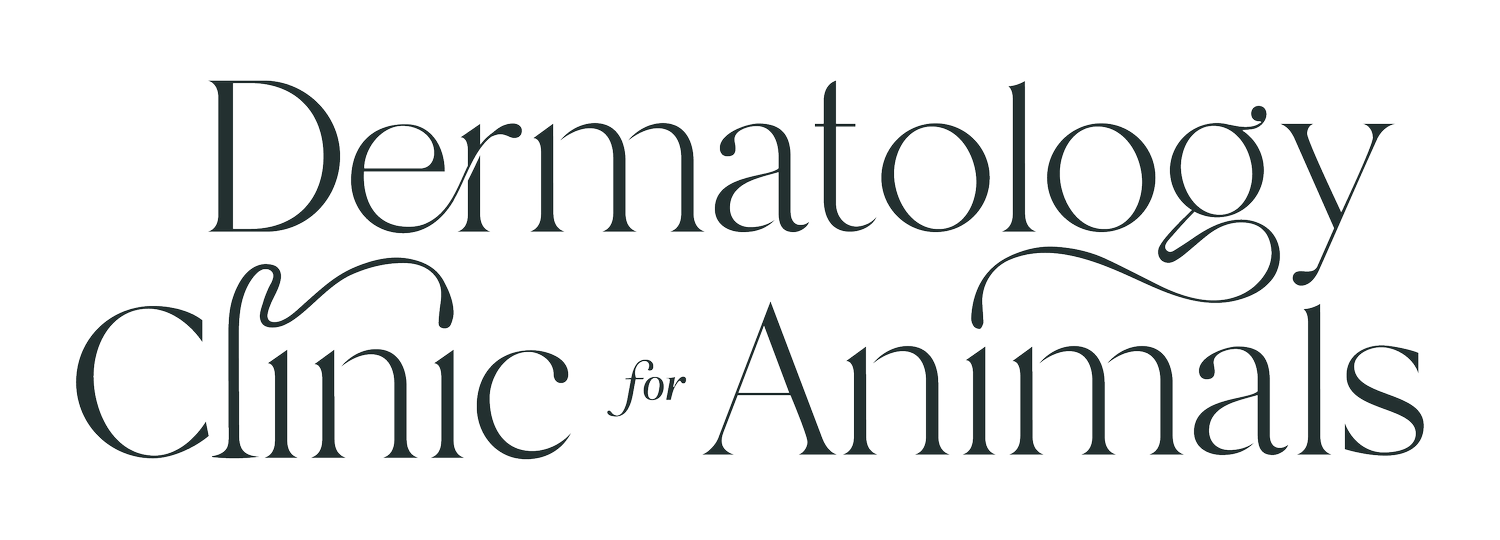MRSA/MSRP
Staphylococcal bacteria (Staph) are normal inhabitants of the skin of people and animals in low numbers, but have the capacity to overgrow and create infections, especially in immunosuppressed individuals. In some cases, especially after exposure to multiple or subtherapeutic doses of antibiotics, the bacteria can become resistant to multiple antibiotics, and MRSA or methicillin resistant Staph aureus can develop. This species of Staph prefers to live on humans, but has the capacity to infect dogs and cats as well. In dogs, Staph intermedius is the usual bacterial species found on the skin, and this can also become methicillin-resistant and more difficult to treat. Staph intermedius has the potential to spread to humans, especially people who are immunosuppressed, young children, or the elderly. Pet owners of animals with MRSI (methicillin-resistant Staph intermedius) should wash their hands after handling their pets, and not let their pets lick or nuzzle them; they should also follow their veterinarian’s instructions regarding appropriate antibiotic therapy and frequent antibacterial shampoos for their pet to treat the MRSI. Information about MRSA in people can be found at the Centers for Disease Control website. The British Small Animal Veterinary Association website also has a good summary of measures to treat and minimize spread of MRSA in animals and veterinary hospitals, and the highlights are copied below:
BSAVA has recently reviewed its comprehensive guidelines on MRSA.
MRSA – Practice Guidelines
These comprehensive guidelines on how to manage MRSA in the practice were last updated October 2007.
Meticillin Resistant Staphylococcus aureus (MRSA)
-
It is likely that veterinary practices will encounter animals that are colonised or infected with meticillin (formerly called methicillin) resistant Staphylococcus aureus (MRSA) or other meticillin-resistant Staphylococcus species. It is also possible that staff may act as a reservoir for such meticillin resistant infections. The animals most at risk include those that have been acutely ill in hospital. This particularly includes immunosuppressed patients, as well as those with intravenous catheters or undergoing surgery, especially with implants. Infected or colonised animals may also act as reservoirs for further transmission to humans. Animals are also known to act as ‘innocent bystanders’ carrying MRSA dispersed from humans in their household who have acquired it in hospitals. There are also issues relating to the spread of MRSA in other healthcare settings such as nursing homes or where visiting pets are used as therapy animals.
These guidelines describe measures designed to prevent the establishment and dissemination of MRSA. The four key points are:
- Scrupulous hand hygiene
- A clean environment
- Prudent antibiotic use
- Compliance with ALL of the above
These guidelines represent the best working advice available to date. Please note that this is a dynamic field and BSAVA will endeavor to keep these guidelines as up to date as possible. Throughout the guidelines drugs are referred to by their recommended international non-proprietary names (rINNs), which were adopted by the Department of Health to replace British Accepted Names (BANs) from 30th June 2004.
-
Routine measures to prevent the spread of MRSA
These comprise the following:
1.) Correctly performed hand hygiene and disinfection of surfaces and equipment between patients. It is important that methods used for hand decontamination and environmental disinfectants used are effective against MRSA. Antibacterial gels or hand rubs attached to uniforms and kennel doors are a visual cue for cleanliness and can be quickly used before and after handling an animal, and before touching pens, keyboards etc. Where hands are soiled soap and water must be used. It is important to avoid using materials and equipment that can’t be cleaned at hand touch sites, e.g. consider using waterproof keyboards, flat keyboards or keyboard covers.
2.) Wearing simple uniforms/coats (e.g. side-fastening coats or smock-type scrub suits) that can be laundered on site.
3.) Wearing of gloves and disposable aprons for direct contact with patients, body fluids, lesions and other contaminated materials. These must be changed between patients. Face and eye-protection should be worn if aerosols are likely to be generated.
4.) Cover existing wounds or skin lesions with waterproof dressings. Avoid invasive procedures if suffering from skin lesions on hands.
5.) Appropriate isolation of patients with, or suspected of having, a communicable infection.
6.) Rational use of antibiotics to minimize the development and spread of antibiotic resistance.
7.) High standards of aseptic technique for all invasive procedures. This includes: minimizing theatre staff to necessary personnel only; use of sterile gowns, gloves, hats and masks; proper sterilization of equipment and restricting use to a single patient; employing single use, disposable equipment where appropriate; effective disposal of contaminated material; and as stated above, hand hygiene and disinfection of surfaces between patients.
8.) High standards of ward cleaning are imperative:
Cages should be cleaned and bedding replaced at least once daily.
Cages should be cleaned and disinfected thoroughly between patients.
Soiled bedding must be disposed of or cleaned and disinfected as soon as possible. There must be no contact with clean bedding or other animals.
Cross reference to BVA SOPs for cleaning.
9.) Segregation of all waste, careful handling of clinical waste and its transport in a sealed bag of appropriate strength and color. Sharps should be placed in an approved container promptly. Cross reference to hazardous waste regulations.
10.) Apply approved procedures for sterilization and disinfection of instruments and equipment.
11.) Ensure that all staff are aware of, understand and adhere to infection control guidance. Designating specific staff to monitor and enforce infectious disease control measures, and undertake infection control audits would be advisable.
